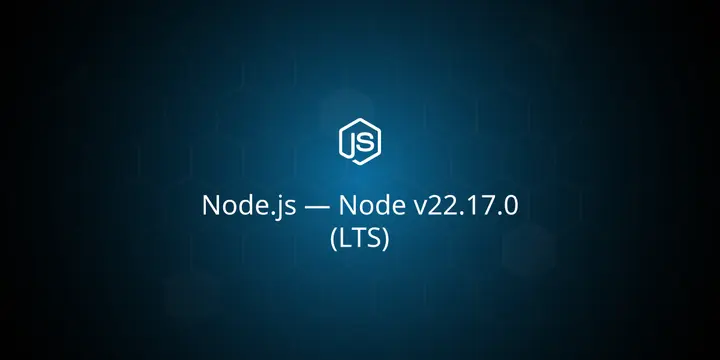Additional enhancements include new features like an autoClose option for the fs.FileHandle.readableWebStream, offering developers better resource management options, and improvements in the fs.Dir module for explicit resource control during directory iterations. The diagnostics channel for http2.server.stream.finish has been added, allowing easier logging and monitoring of HTTP/2 streams.
Moreover, the permissions model in Node.js has been updated to allow for implicit read access to the entry file by default, facilitating smoother operation of applications with restricted permissions. The util.styleText() method has been improved to include a 'none' style, enabling developers to efficiently manage text styling in their applications.
The Node.js community has also seen updates, including the addition of new Technical Steering Committee (TSC) members and collaborators. Commitments to improve broken benchmarks and enhance various modules further demonstrate the ongoing dedication to maintaining and advancing Node.js.
As Node.js continues to evolve, developers can expect a focus on improving stability, usability, and performance in future releases. Ongoing contributions from the community play a vital role in shaping the platform, and the latest version reflects these collective efforts toward creating a more robust and user-friendly environment for server-side development.
In summary, Node v22.17.0 (LTS) represents a significant step forward for the platform, with enhancements that support better coding practices, improved resource management, and a continued commitment to community-driven improvements. Future updates are likely to build on this momentum, ensuring that Node.js remains a leading choice for developers worldwide
Node v22.17.0 (LTS) released
Node v22.17.0 (LTS) has been released and introduces several significant changes, such as the deprecation of specific APIs, the stabilization of various features, and the incorporation of diagnostic channels. The warning system now advises against constructing classes such as IncomingMessage or ServerResponse without the new keyword, ensuring that API expectations are consistent with standard JavaScript behavior. The HTTP/2 priority signaling API, including stream.priority, is no longer supported due to inadequate real-world implementation. The feature has successfully transitioned to a stable status, and the partialDeepStrictEqual() method has been fully stabilized. Additional features comprise the autoClose option for fs.FileHandle.readableWebStream, the provision for explicit resource management in fs.Dir, and the diagnostics channel for http2.server.stream.finish. The closed_lock_with_key feature facilitates read access to the entry file by default, enhancing the operation of permission-restricted applications while maintaining security standards. The util.styleText() method has been revised to incorporate a 'none' style, enabling developers to eliminate styling efficiently and without resorting to workarounds.
Commitments to the project encompass addressing broken benchmarks, enhancing cp-sync with additional options, correcting typos in method names for error-stack, implementing constexpr where feasible, and reorganizing the sections of process.md. The community updates consist of the addition of Filip Skokan to the TSC, JonasBa to the collaborators, and a correction of a typo in the method name for error-stack.


